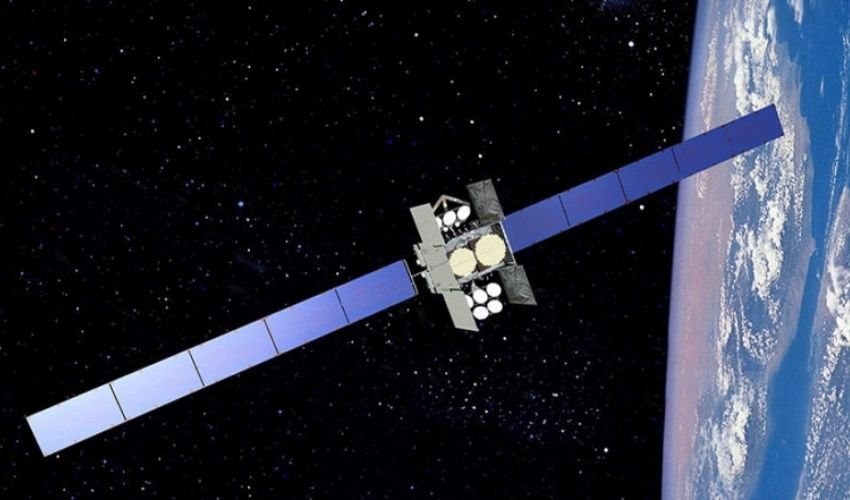Boeing 3D Prints Components for U.S. Space Force Satellite

A long-time user of additive manufacturing, Boeing has renewed its faith in the technology year after year. After using 3D printing to design various prototyping and end-use parts, the aerospace giant is now 3D printing components for US satellites. Specifically, Boeing is currently building the WGS-11+, the 11th satellite in the WGS constellation, at its El Segundo, California facility. The project, which is being conducted in partnership with the U.S. Army, is designed to increase communications capabilities for U.S. forces, while helping to protect against jamming and interference.
Using the technology, the aviation specialist hopes to drastically shorten construction times and aims to already deliver the satellite in 2024. Troy Dawson, vice president of Boeing Government Satellite Systems, says, “We’re printing more than a thousand parts for WGS-11+, giving us the capability to introduce customization in a way that improves system performance, without requiring extensive integration times or customized tooling.” He continues, “We understand how important speed is to the mission. That production speed translates to effectiveness against threats. As we continue to invest our technology and processes, we know that a similarly capable satellite could be delivered even faster.”

Analysis of a 3D printed prototype (photo credits: Boeing)
Using 3D Printing to Create Satellites
Boeing and the U.S. Space Force were able to officially launch the program’s production phase in late 2021 after the completion of the system’s critical design review. They say they have used the benefits of printing to accelerate the development of the satellite and optimize its performance. Among the printed parts that make up the WGS-11+ are insulation and thermal control systems. Through its press release, Boeing remains discreet about the 3D printing process used, but specifies that it has used an aluminum alloy, a titanium alloy and a high performance polymer.
While few companies currently use additive manufacturing to design satellites, these types of initiatives are becoming more widespread. In Australia, for example, the company Fleet Space recently announced the future launch of satellites made entirely using 3D printing. Eventually, this production method, already widely adopted in the aerospace and automotive industries, could become a standard for satellite manufacturing. In any case, Boeing claims that this latest satellite showcases an evolution in phased array technology as it is capable of generating hundreds of electronically-steered beams simultaneously, a feat that may have been accomplished thanks to the flexibility offered by additive manufacturing. You can learn more about the project in the press release HERE
What do you think of Boeing’s future 3D printed satellite? Let us know in a comment below or on our Linkedin, Facebook, and Twitter pages! Don’t forget to sign up for our free weekly Newsletter here, the latest 3D printing news straight to your inbox! You can also find all our videos on our YouTube channel.
*Cover Photo Credits: Boeing






